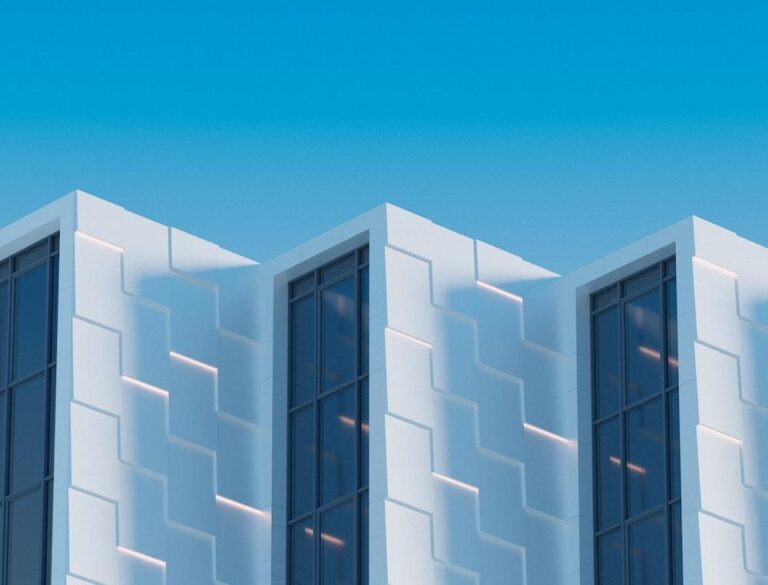For a long time, the technology that works behind 3D printing has been scrutinized several times. Nonetheless, with time, it has become successful in gaining greater relevance due to the massive augmentation of this process. People opt for 3D printing in construction as this process is hugely versatile and helps form particular elements of a project as well as different kinds of complex structures like living spaces, houses, walls, bridges, offices, reinforcement molds, modular structures, urban furniture, columns, and decorative components too.
Table of Contents
Various uses
3D printing is used in many construction situations, and some instances are:
To finish a full job – A 3D printer creates buildings that include offices and houses. This process turns out to be cost-effective. Again, it does not harm the environment either. Hence, 3D printing seems to be faster in comparison to traditional processes of construction. Many towns consider using 3D printing for their infrastructure needs, like railings, bridges, stairways, and various community projects.
Creates architectural models – When architects or construction companies scale a proposed project to a definite size that people can view in a bit of space, it is known as modeling. Modeling lets clients view a structure’s layout, design, and other components. In the matter of traditional construction, people commonly designed structures via software before building models manually. Contrarily, 3D printing builds models fast when people form the structure in their computer programs. The printer gets all the materials so that it can form highly architectural models.
Forms prototypes – A prototype is a preliminary model of a structure that gives people an instance of what a thing would look like. Most often, companies build new offices, and in this situation, they use 3D printers as they form prototypes for the office easily. Though there is a cost when clients use 3D printing, they become capable of forming several prototypes easily and at a price that tends to be lower compared to constructing full prototypes via traditional methods of building.
Forms parts – Lots of construction companies prefer to use 3D printing to create the components they require when a project seems very complex. In this situation, 3D printing prints the precise measurements they want for their materials. This process gives out several environmental benefits as it creates less waste. It also ensures that construction labor is in huge demand as it permits people to form the elements they require from raw materials.
Pros of 3D printing in the industry of construction
3D printing provides limitless benefits to the industry of construction as it touches nearly every area. Some benefits you can enjoy when you opt for 3D printing in the industry of construction are:
Reduced time
Traditional construction techniques take several months and incur more money, while 3D printing can reduce this process by at least 70% of its duration. Hence, you will finish your project in only some hours or days based on the magnitude. So, contractors will be able to do jobs on more projects. And this would increase their income source.
Safer option
The construction industry prefers to use 3D printing because it wants to keep employees safe and healthy onsite. When workers know how to do their jobs with printers effectively, they can accomplish their jobs easily. This would lessen injuries.
Sustainable and cost-effective
When you use 3D printing, you can use only ideal amounts of materials for lifting structures. As a result, up to 60 percent less waste will be created at the site of the job. Again, there won’t be any surplus in the buying of materials. So, it will bring the costs down regarding buying and subsequent storage. Companies automate the formation of structures via 3D printers; this way, they lessen up to 80 percent of labor costs.
The flexibility of designs
If you want to make last-minute alterations to your designs, you won’t find this to be a serious issue when you use 3D printing. 3D printing does not even delay the process of construction. With its help, you can customize your job well. So you can eliminate your headache.
The materials used in 3D printing
After you choose the 3D printed construction method, you must select the material you will use. Recent progressions in 3D printing have increased the materials people use. However, the material you choose should rely on the kind of project you have been working on. Some common materials you will use are metal, plastic, standard concrete, local natural materials like rice waste, mud, sand, stone etc., metal, mortar, and proprietary concrete mixes.
Conclusion
The need for better infrastructure and construction is expanding, particularly in big cities. Today, the demand for a 3D printed house is rising due to several benefits of 3D printing. If you watch the global scale, you will find several govt. Measures that support people to implement 3D printing for construction jobs.

